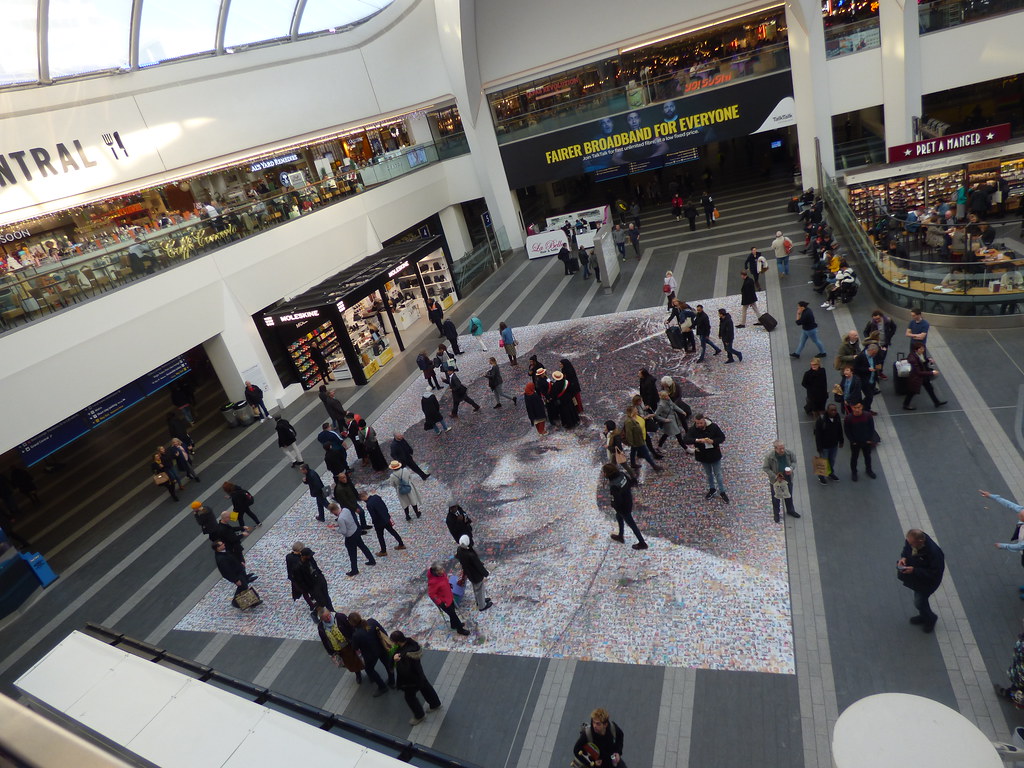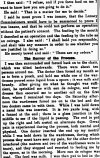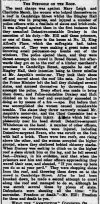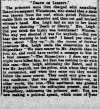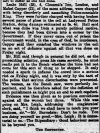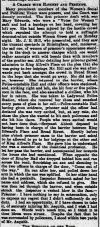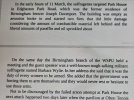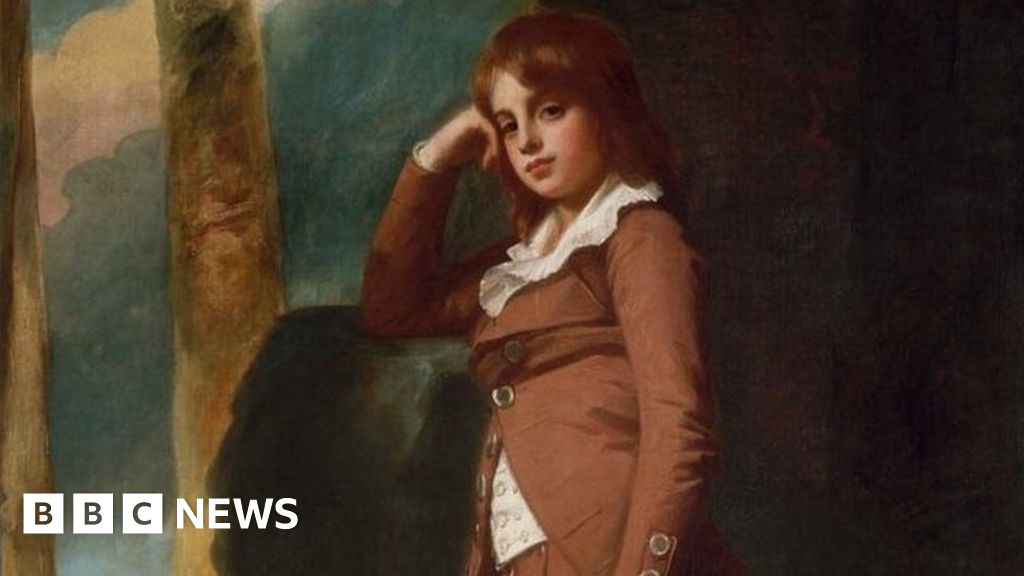Pedrocut
Master Barmmie
Gathering together the mentions in the above thread....
Birmingham race course, Northfield Carnegie Library, the Cathedral, Cricket Pavillion at the Oratory, the burning of railway carriages in a siding in King’s Norton, arson attack on Bird's Hill house in Perry Barr in July 1913, and Handsworth Park.
Birmingham race course, Northfield Carnegie Library, the Cathedral, Cricket Pavillion at the Oratory, the burning of railway carriages in a siding in King’s Norton, arson attack on Bird's Hill house in Perry Barr in July 1913, and Handsworth Park.


